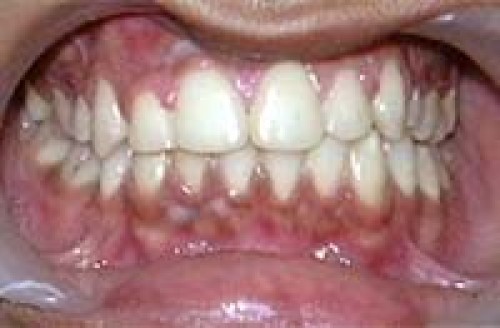Have Questions ?
Contact Us
(+88) 01711-540967
Correction of Crowding Case 1


Dental crowding occurs when teeth have competed for space in the mouth and have grown in improperly, causing teeth to be twisted and misaligned. In an ideal alignment of teeth, there is just the right amount of space for them all to grow in without crowding or leaving gaps between them. The teeth should touch each other, without affecting the proper rotation of the tooth. The top teeth should hang just slightly over the bottom teeth, with all the teeth lining up snugly and comfortably when biting down. Unfortunately, this is not always the case – many people’s teeth do not grow in exactly right! Dental crowding is one common issue that arises when teeth don’t grow in properly aligned. Instead, due to genetic issues in jaw size or other external factors, the teeth compete for space while they grow in, pushing them up in unnatural, crooked positions. This can lead to a variety of problems. It’s important to treat crowding with effective, supervised orthodontic care to prevent tooth decay or other issues.
If you’re not sure if your teeth are crowded – or if you’re concerned about your child’s teeth being crooked – there are a few signs you can look for to assess whether the teeth are crowded.
Signs of dental crowding:
- Tooth discomfort on biting
- Crooked teeth set at unnatural angles in your mouth
- Teeth overlapping each other
- Crossbite
- Excessive overjet
- Jaw pain
- Trouble biting or chewing
- Difficulty brushing and flossing
- Bleeding gums when flossing
If you have questions about whether these signs indicate dental crowding, schedule a consultation with a licensed orthodontist for more information. They will be able to do a thorough examination to determine whether your teeth are too crowded and what to do about it.